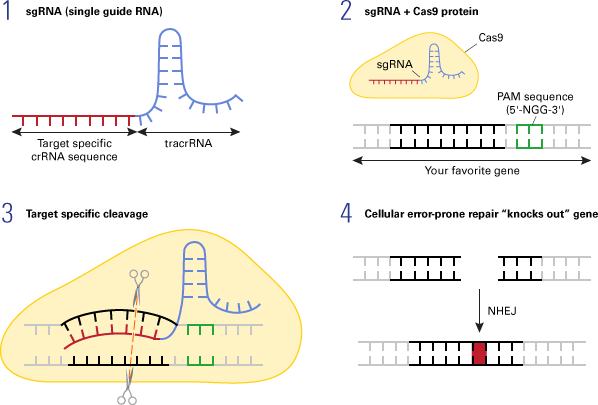Bioethics of Crispr Technology
CRISPR, or ‘clustered regularly interspaced short palindromic repeats’, is a family of DNA sequences found in prokaryotic genomes. The sequences were originally derived from bacteriophages, which used them to destroy DNA. The technology can be used to target specific regions of a gene or genome to create a desired result. For example, a gene could be deleted to improve the efficiency of its production.
Applications
CRISPR has recently made headlines for its ability to edit genes, and has already been successfully applied to a variety of fungal species. The technology has already been successful in editing the genomes of Magnaporthe oryzae, Alternaria alternata, and Leptosphaeria maculans. Other examples include Fusarium oxysporum (Fusarium oxysporum) and Fusarium proliferatum.
Several gene therapies have been developed, including Glybera, which was approved for commercial use in Europe in 2012. After treating a single patient, the therapy was halted due to financial difficulties. Applications of CRISPR technology are almost as endless as the potential for life. Current initiatives involve therapeutics and food, but the CRISPR-Cas9 system also has many less prominent uses. Listed below are just a few of the most promising uses of CRISPR.
Bioethics
While the first clinical trials of CRISPR/Cas9 technology are underway, some are questioning the ethical implications of this new genetic editing technology. While genome editing is a revolutionary advancement, it must be done responsibly and safely, and that’s where the Bioethics of Crispr technology comes in. In this book, Henry Greely, a bioethicist and lawyer, describes He Jiankui’s experiment to edit the human embryo’s DNA. He also outlines the science behind genome editing before CRISPR, as well as the legal framework. Afterwards, he describes the reactions of the public to the twins he produced from genome editing, a recent development.
The technology has already generated many ethical questions, primarily regarding the use of human germ cells in research. While CRISPR is already used to edit other organisms, including crops, it could eventually be used to repair or render humans resistant to certain diseases or even fix fatal genetic defects in human embryos. Therefore, bioethicists and scientists should collaborate to address the ethical issues surrounding the use of this technology to modify human germ cells.
Costs
In addition to human genome editing, CRISPR technology can be used to change the genome of other parts of the body, including the heart, brain, and muscles. Although the technology is still in its early stages, it could prove to be a game changer for the medical community. However, costs are uncertain and may differ significantly depending on the effectiveness of a single treatment. The Advisory Committee on Recombinant DNA (RDA) has recommended a clinical trial for CRISPR.
The high cost of CRISPR has some critics. Many worry that the technology is not affordable, and may not even be covered by insurance. In the meantime, other gene therapies have high prices. Ultimately, these gene therapies will add a new burden to the health care system. While these concerns remain, there are a number of potential solutions to overcome these challenges. For example, the Broad Institute and other private companies could work together to develop affordable gene-editing tools for common diseases.
Limitations
Despite the many benefits of CRISPR technology, it is important to understand the limitations associated with the technique. There are several types of CRISPR alterations that may be considered unsuitable. As an example, off-target mutations may be detrimental to humans. However, this is not a big deal in laboratory settings because scientists can redo the experiment using a new population of cells and a different CRISPR-design targeting the same gene. Moreover, if off-target mutations occur, they can simply trash the first CRISPR design and start all over.
Although CRISPR has gained attention globally, only a few disorders are currently in clinical trials. While these conditions are relatively rare, they are still cause for concern. A recent study found that CRISPR can lead to unintended effects. The method has also been used to correct genetic spelling mistakes in human cells. Prime editing has the potential to improve efficiency and versatility. This article reviews some of the most notable CRISPR advancements and their limitations.

